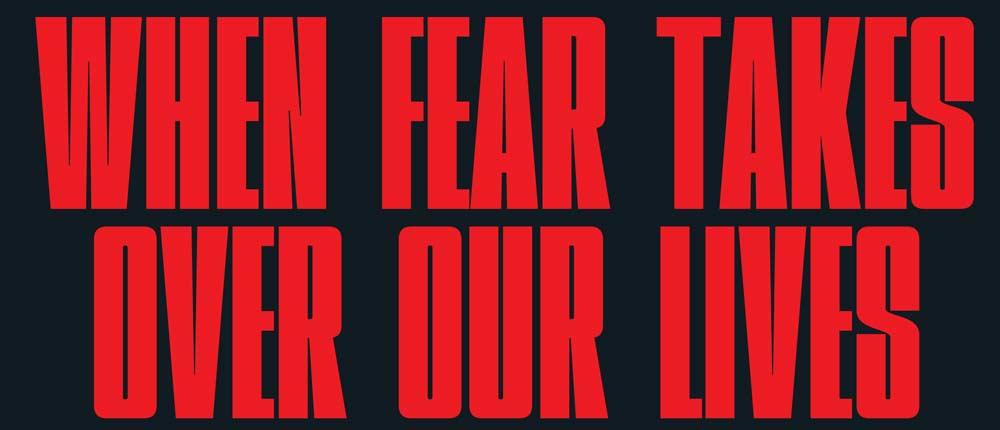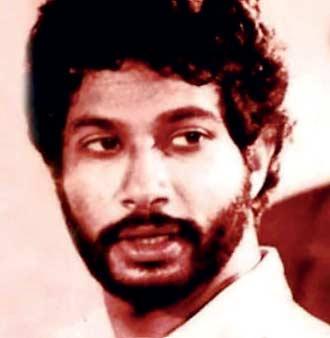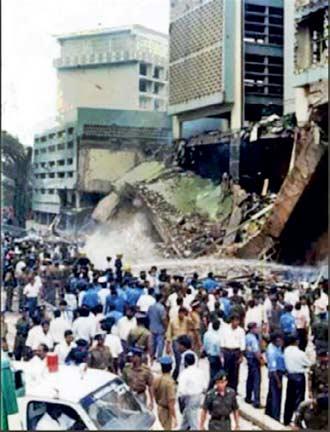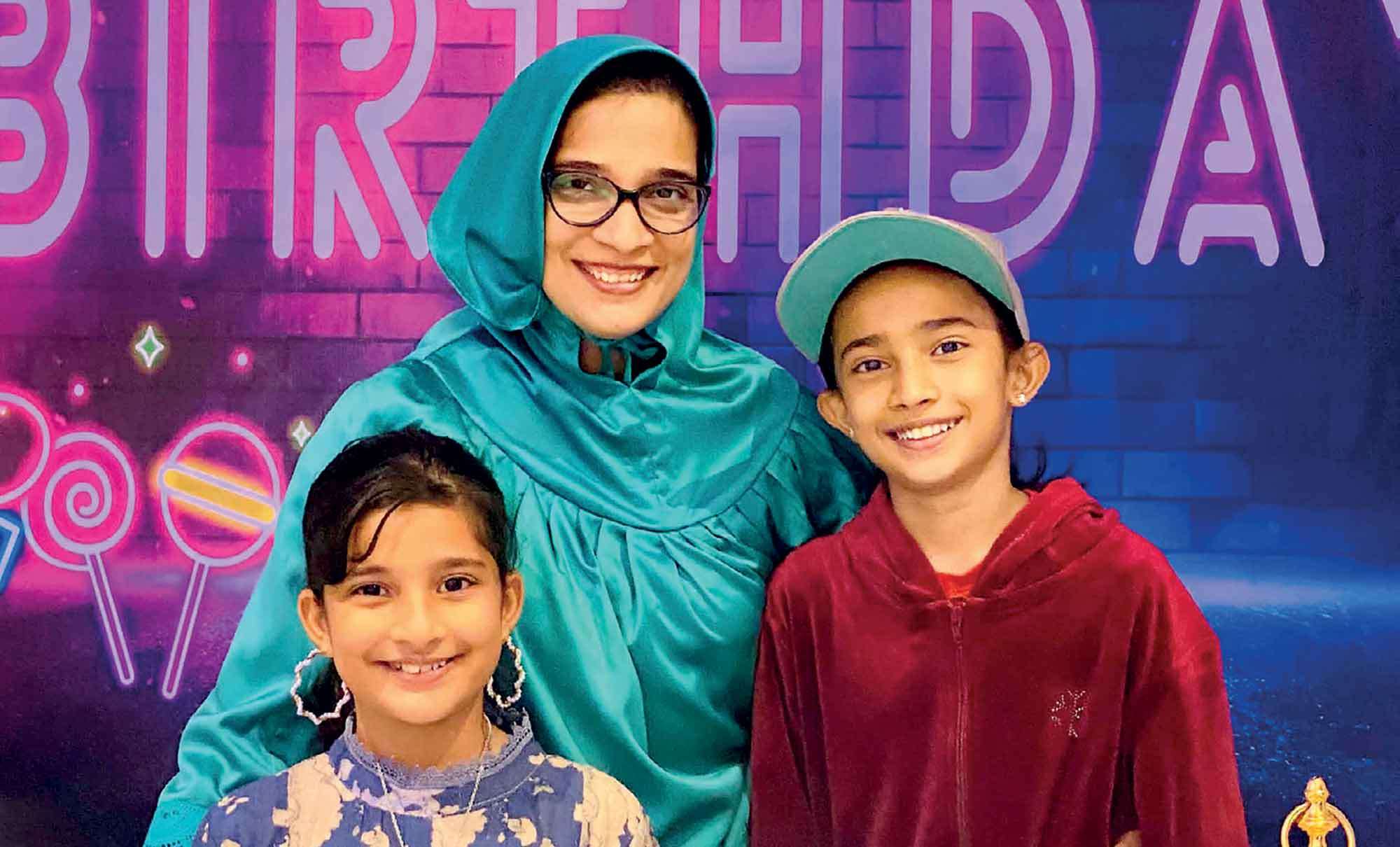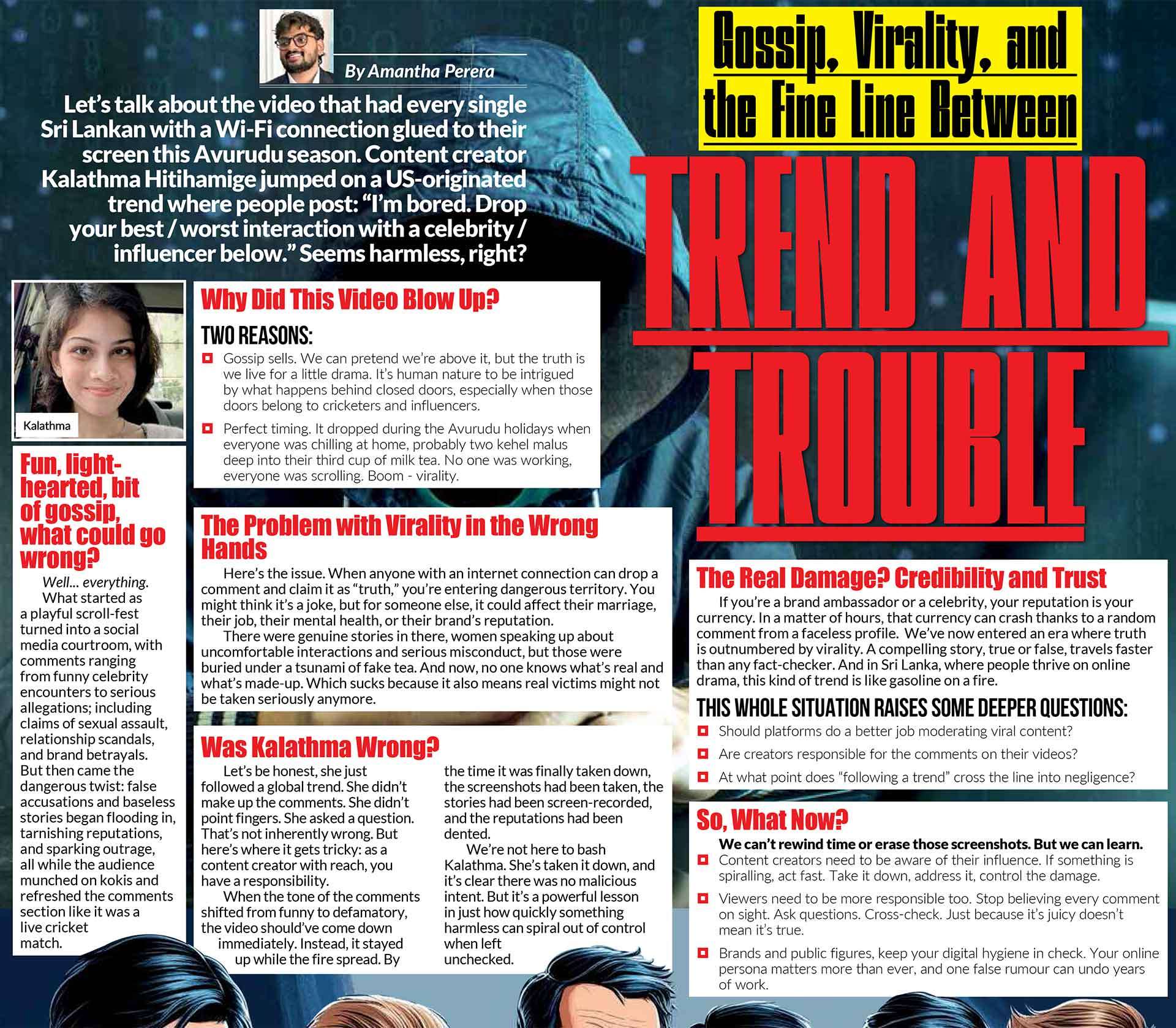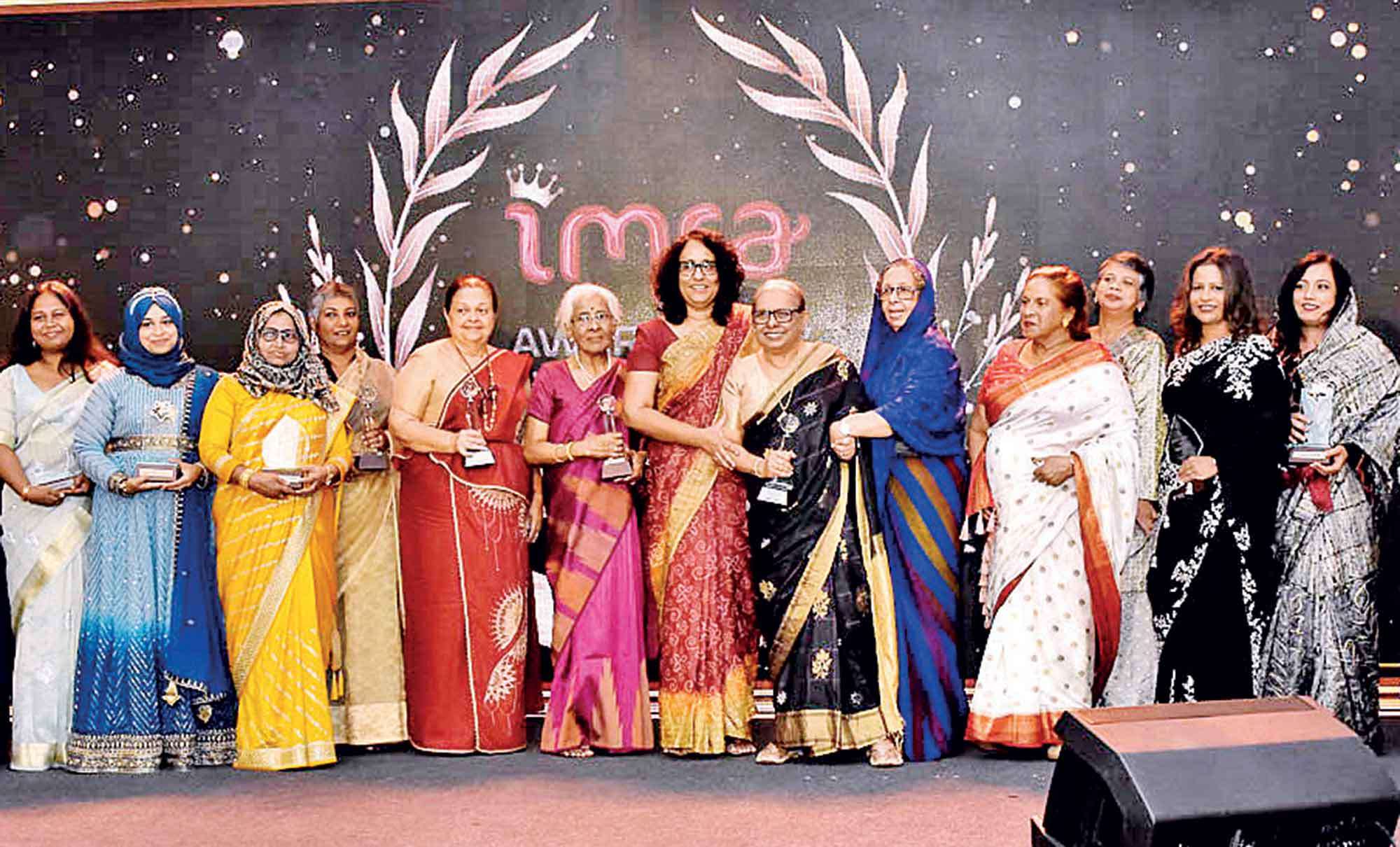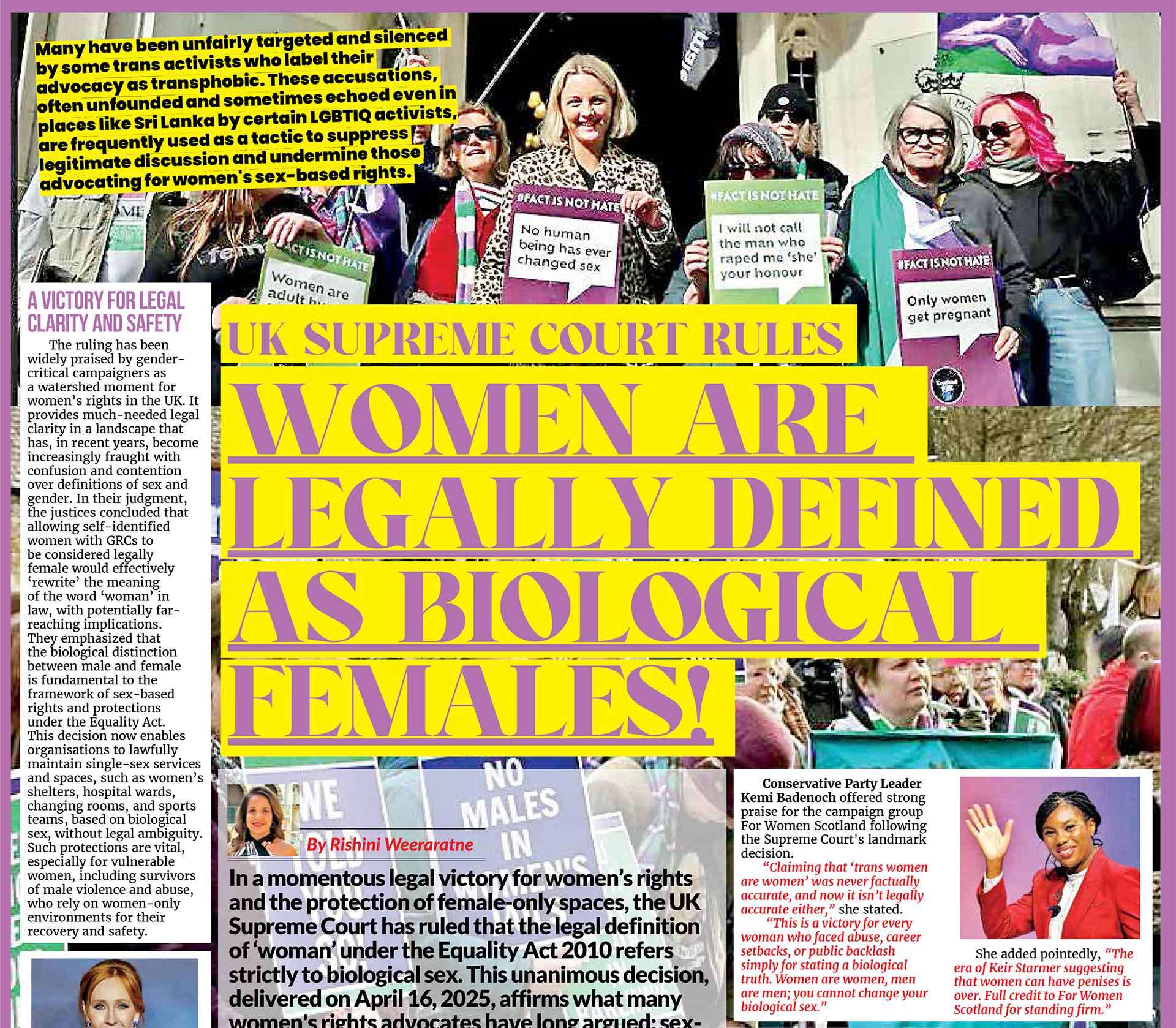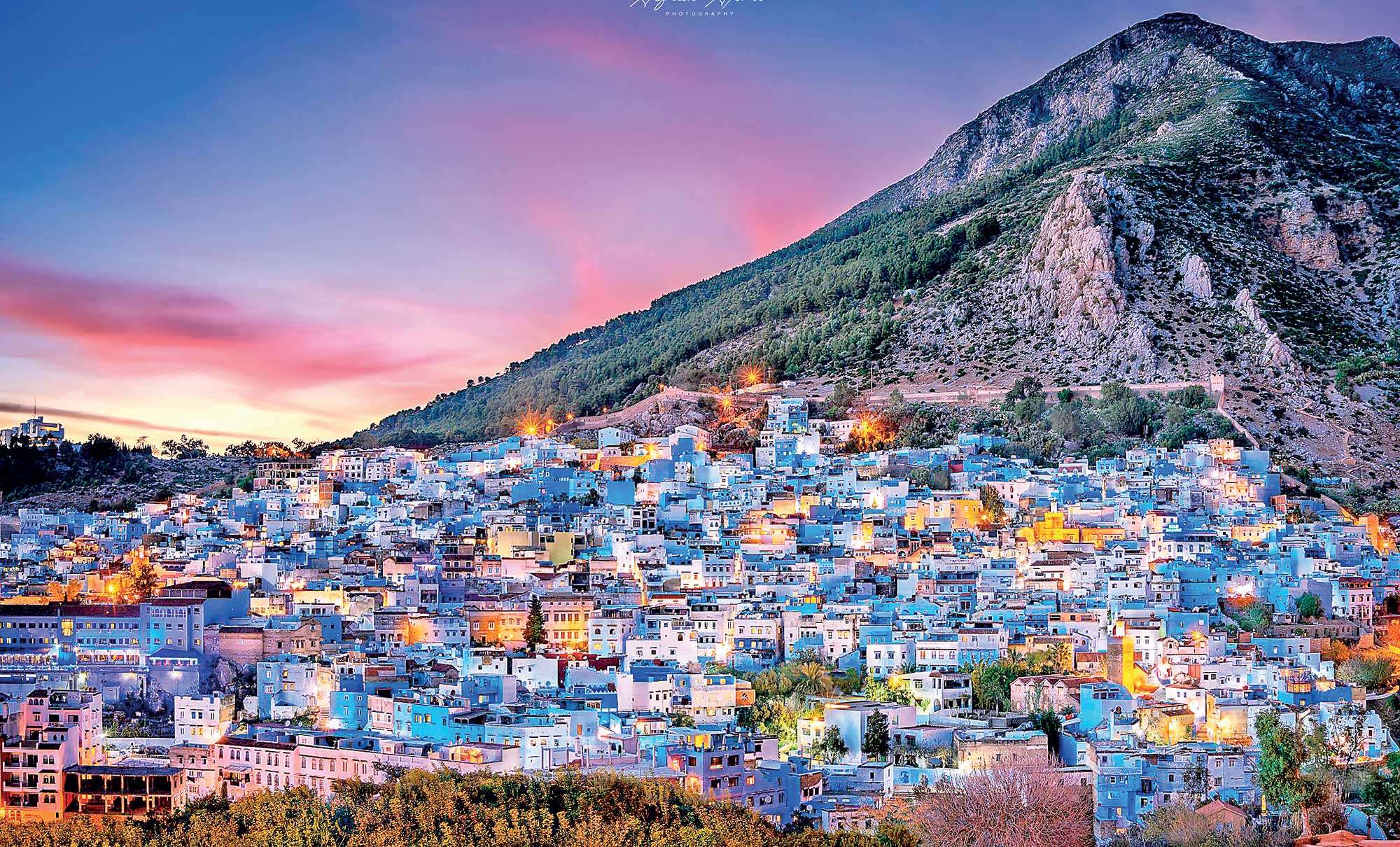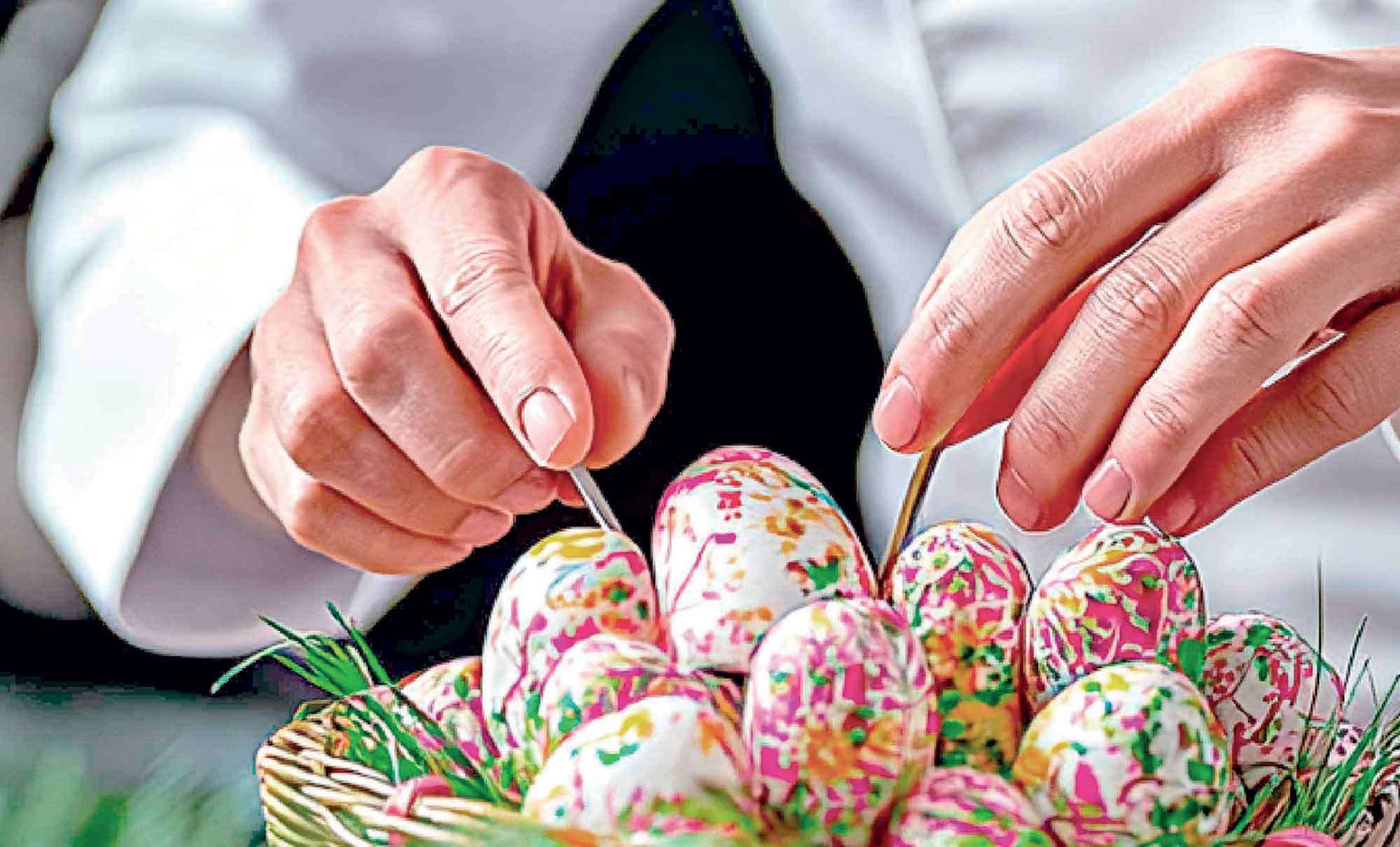|
I was already awake when the alarm went off at 4:30 am. This was going to be a very important day. I checked my suitcase which was packed and ready with my costumes. Just when I was finishing my cup of tea, the Rupavahini van drove up the road to pick me up. About forty minutes later after having picked up Naomi and Indira we had reached Rupavahini. It was one of those sublime mornings in Sri Lanka. The birdsong was glorious as was the sun which had begun to shed its glorious light. We were escorted inside and given a quick tour of the studios and dressing rooms before being invited to a simple breakfast in the canteen.
|
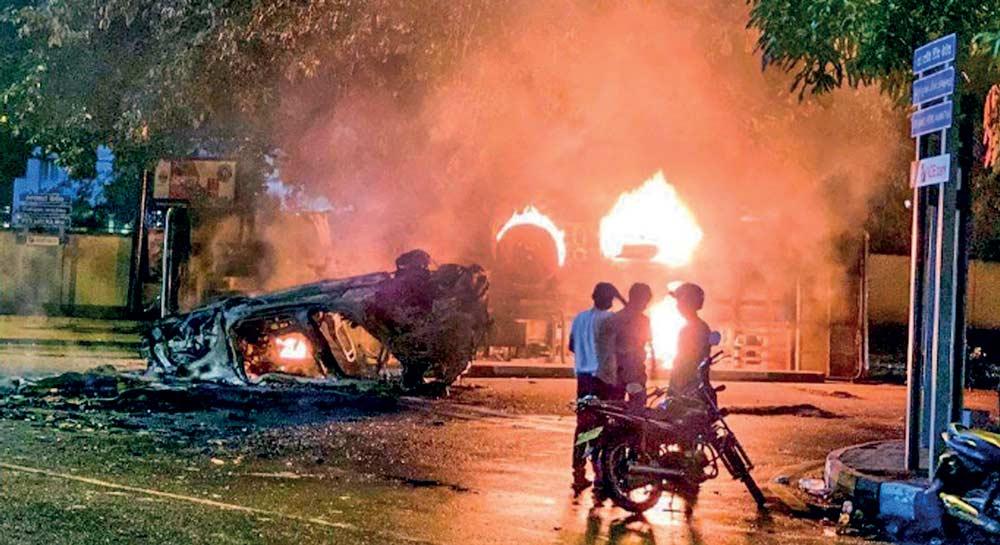
1983 July Riots in Colombo
 Our nervousness was eclipsed by our excitement. We were the first western ballet dancers in Sri Lanka who had been asked to perform a quartet of items which were to be broadcast on national TV. When we were getting our make-up done, we began to notice that the staff and crew were looking worried. They were whispering and behaving quite strangely.
Our nervousness was eclipsed by our excitement. We were the first western ballet dancers in Sri Lanka who had been asked to perform a quartet of items which were to be broadcast on national TV. When we were getting our make-up done, we began to notice that the staff and crew were looking worried. They were whispering and behaving quite strangely.
It was then that we heard the sound! The steadily increasing crackles, sizzles and a dull roar alerted us to a fire raging nearby. From the windows of the canteen, we saw the large house at the top of Jawatte Road engulfed in flames. What had begun as a bright day had suddenly turned very dark with plumes of black smoke rising from a great many burning residences in that area.
|
Richard De Zoysa |
All of us felt a sense of unease which was followed by a fear of something we could not fully comprehend. The director of programming came and apologised to us and said that they no choice but to postpone the filming. Soon after this we were asked to gather our belongings and were hurriedly bundled into the van with about eight other members of the TV crew.
Driving back through Torrington Avenue we witnessed the true horror of what was happening. Many houses and small streetside shops were on fire. Some were already in cinders! Rampant looting was taking place openly. The smell of burning rubber and wood was rancid. There was broken glass everywhere. Groups of angry men seem to be randomly targeting specific shops and houses with homemade Molotov cocktails. Strangely, there wasn’t a single policeman to be seen anywhere.
Just as we reached Pamankada, we encountered what was a temporary roadblock made up of pieces of broken furniture, fridge doors, asbestos sheets, and a burnt-out vehicle. The driver was compelled to slow down to a snail’s pace. Almost immediately the van was surrounded by a mob of about forty men wielding machetes, long knives, and poles with an intent to harm. Their red eyes betrayed the fact that they were completely intoxicated. All of them were very definitely Sinhalese. ‘Oka athule Demalu innavaada?’ they asked aggressively after banging on the roof of the van and intimidating all of us who were inside. ‘Naay’ said the driver in an appeasing tone. Naomi and Indira who were still in their makeup, cringed at the back of the van. ‘Umballa kauda?’ one of them inquired. Indira immediately said ‘Mage namma Gunesekera’. ‘Mame Lansi’ whimpered Naomi even though her ID card had her registered as Rajaratnam. Once they were convinced that there were no Tamils in the van, they let us go. That black day was the precursor of the fear and misery that would beset our island for year to come.
 Until this day, the privileged majority in
Until this day, the privileged majority in
Sri Lanka, had not had to endure the racial tensions felt by the minorities who live amongst us.
Until this day, the privileged majority in Sri Lanka, had not had to endure the racial tensions felt by the minorities who live amongst us. I recall my father telling me about the horrors of the anti-Tamil pogroms of 1956 and 1958. He described in graphic detail the suffering endured by many innocent Tamils, many of whom were killed and thrown into wells in the Gal Oya area. To many of us these incidents were in the days gone by, until we ourselves witnessed the reality. It slapped us in the face.
|
Central Bank Bomb 1996 |
The killing of thirteen soldiers by the emerging LTTE ignited these atrocities. The government made a rash and purposeful decision to bring their bodies down to Colombo for public display. This calculated manoeuvre simply agitated the already frustrated Sinhalese community. Goons armed with electoral lists targeted and destroyed houses, businesses and shops owned by the Tamil community. Those in power simply looked away. Instilling terror was their own special modus operandi. It took three full days of unabated violence before a curfew was imposed. Much as it was the Tamil community who bore the brunt of this violence, a menacing feeling of fear had steadily crept into everyone’s psyche and inhabited it.
An overwhelming sense of humanity washed over many ordinary people who watched this victimisation with sheer horror and shared this fear. People from other communities knew that they would be placing their own lives at risk if they offered shelter to the displaced, yet they did.
Valient acts of selflessness saved many lives during these riots. Veteran actress Malini Fonseka faced down a terrifying mob and protected a street full of Tamil residents in Bambalapitiya. The sight of Iranganie Serasinghe sitting in the veranda of a house in Borella, stopped another band of hoodlums, who may have otherwise destroyed a Sinhalese household, many of whom were married to Tamils. Bishop Duleep de Chickera’s wonderful book ‘Beyond Checkpoints’ (2023) beautifully illustrates how some members of staff at St Thomas’s College secretly opened up the school’s dormitories to offer sanctuary to those fleeing for their lives.
It was only when a neighbour’s (Mr. Amarasinghe) house was burnt to the ground that the enormity of this injustice began to dawn on those like me; the unaffected.
‘But aren’t they Sinhalese’?
‘Yes, but his wife is Tamil!’
‘Is that even a reason’?
On investigating the matter further, we found out that a peon in Mr. Amarasinghe’s office had held a grudge against him. This was the peon’s revenge! Petit personal vengeances were being carried out amidst this organised violence. Mr. Amarasinghe died of a heart attack soon after. His wife and daughters fled to Australia.
 ‘Oka athule Demalu innavaada?’ they asked aggressively after banging on the roof of the van and intimidating all of us who were inside
‘Oka athule Demalu innavaada?’ they asked aggressively after banging on the roof of the van and intimidating all of us who were inside
My first experience of real fear was seeing it take hold of my parents. I had barely reached my teens when the insurgency of 1971 began. My brother who had just started going to the University of Peradeniya was compelled to come home due to the abrupt closure of universities and schools. On his way from my uncle’s house in Kandy to our home in Nugegoda, he disappeared. At a time when mobile phones and even telephones were scarcely available, not hearing from him made my parents extremely anxious. It was only due to the influence of an uncle who had the right connections that he was found. He had been detained by the police in Kurunegala and tortured for three days. His blue drill shorts made him a suspect!
JVP cadres where using such shorts as their uniform and therefore he was guilty by association. Even though he never spoke about it, the trauma he had endured, destroyed his life. The effect it had on him affected my parents deeply. I remember feeling helpless. Even though we momentarily began to pursue our careers and started making the most of it, twelve years later this fear was reignited. Every time I mentioned going out after dark or staying late at a rehearsal, a tinge of worry began to possess my mother and my brother too. ‘What time will you get home?’ was a familiar question. The trepidation that some may never come back hung like a cloud over everyone.
The enforced disappearances, the unpredictability of LTTE bombs in public places, the stop and search processes at checkpoints, kidnappings by death squads, the mere knowledge of the government sanctioned torture chambers and the lack of any form of justice, heightened our fears. People on both sides and in between lived their lives on tenterhooks!
Participating in plays was a way of making our voices heard, it was also our escapism. It was at this time that Richard de Zoysa started moving against the expected conventions of the English theatre and began sharing his vast expertise with several Sinhala speaking university students who were passionate about theatre. He conducted workshops at the Kala Kendra which involved writing, creativity, interpretation, and movement. Richard and all these well-informed under graduates were highly critical of the political situation and found expressing their frustration through sardonic satires about politicians a fitting outlet for their rage. They had no party-political affiliations whatsoever, only a yearning for justice. The rumour that he was writing a comic script based on the Prime Minister’s campaign slogan was believed to be a factor that contributed to the order that led to his murder.
Sadly, the authorities brandished his sexual orientation as validation for his killing too.
The day before I left Sri Lanka, I said goodbye to Richard and his mother. Two weeks later I received a call from my mother who relayed the awful news about his horrific death. To hear her plead with me saying ‘don’t come home until its safe,’ renewed my sense of fear, yet again.
Would some of us be targeted for just being associated with him or was homosexuality a reason enough to be put to death? I couldn’t say, as I was already away from that hell hole, but many of those who were close to Richard had to go into hiding or exile. Fear had taken over their lives too.
Since the early 70’s successive governments have coerced the general public by using fear and intimidation as a mode of control. The recent ‘Aragalaya’ - widely praised internationally as one of the best-organized and most peaceful protests, united the entire country in a shared goal to remove the corrupt Rajapaksas who had brought the nation to the brink of ruin after establishing an even deeper regime of fear. However, even this demonstration of community and fellowship was considered to be a ‘threat’ by the unelected caretaker President, who once again resorted to the ‘Batalanda’ playbook in his attempts to quell it. Efforts to rekindle the fear factor backfired when some in positions of authority joined forces with the protestors. The optimism of the ‘Aragalaya’ had given courage and hope to the people who had begun to overcome their fear of authority. They were not willing to tolerate injustice anymore.
I can only hope that the new regime turns a page on our country’s brutal past and lets its people live without fear.

